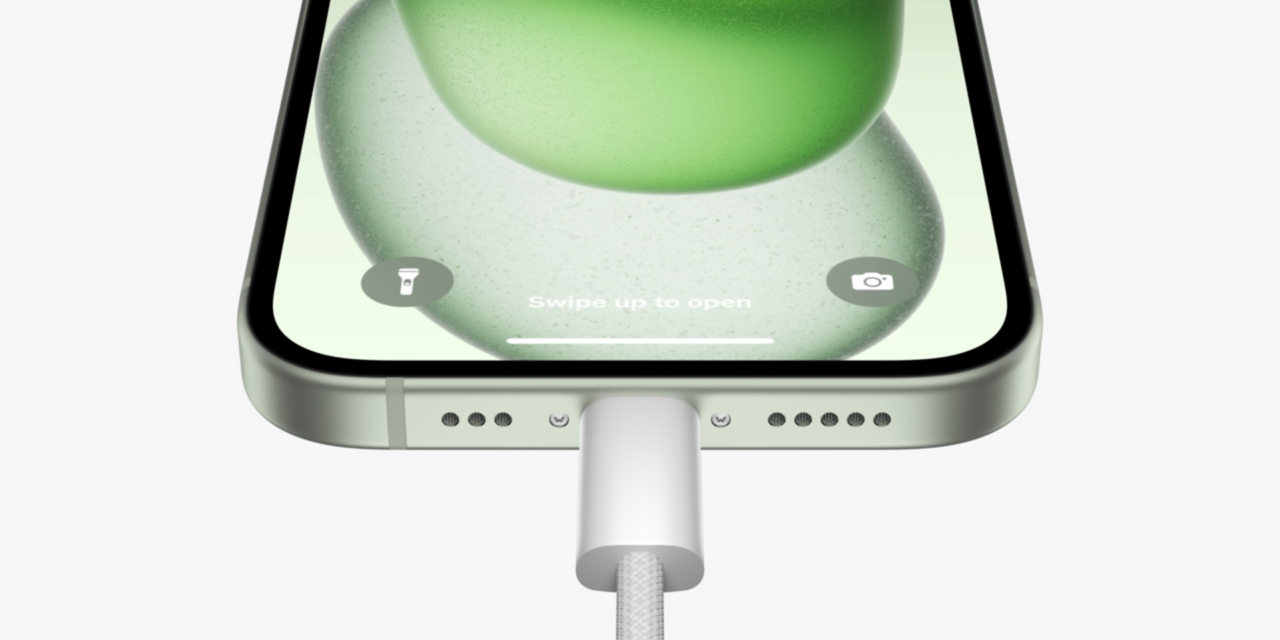According to a supply chain report published Tuesday in the Chinese-language Economic Daily News, relayed by DigiTimes, the contract manufacturer has continued to deepen its deployments in micro-LED technology “through a multi-pronged approach in order to win micro-LED display orders from Apple for its next-generation iPhone devices.”
Three Foxconn subsidiaries (Advanced Optoelectronic Technology, Epileds Technologies and Marketech International) are building up their capacities related to the production of micro-LED chips, indicating the promising technology is one step closer to commercial deployments.
Both micro-LED and OLED-based panels don’t require a power-hungry backlight because they feature individually-lit pixels that deliver true blacks.
Some of the benefits of micro-LEDs over OLEDs include:
- Faster response times
- Better contrast ratio
- Enhanced color accuracy
- Longer lifespan
- More resistant to burn-ins
- Higher brightness
- Thinner panels
Apple in 2014 snapped up micro-LED specialists LuxVue.
Soon after, the Cupertino company set up research and development facilities in Taoyuan, Taiwan dedicated to accelerating commercialization of micro-LEDs. Bloomberg about a year ago alleged that the iPhone maker had begun building its own micro-LED displays at a secret plant in Santa Clara, California.

However, Tim Cook & Co. are likely going to need to outsource production of these panels because the California facility is reportedly too small for mass-production.
Don’t expect these power-sipping micro-LED panels to start popping out in Apple’s upcoming product releases slated for later this year—the company is likely to deploy micro-LEDs on future watches before the technology makes its way into iPhones, iPads and Macs.
Micro-LED display technology shouldn’t be confused with mini-LED backlights that the California firm is said to adopt across upcoming products, beginning with a 31.6-inch standalone display due later this year and continuing with iPads in 2020 and Mac notebooks in 2021.
At any rate, Apple’s switch to OLED panels for iPhones two years ago may be short-lived as micro-LED panels offer better features, provided Foxconn and other manufacturers manage to perfect the technology to the point where it could be produced on a mass scale.






Recent Comments